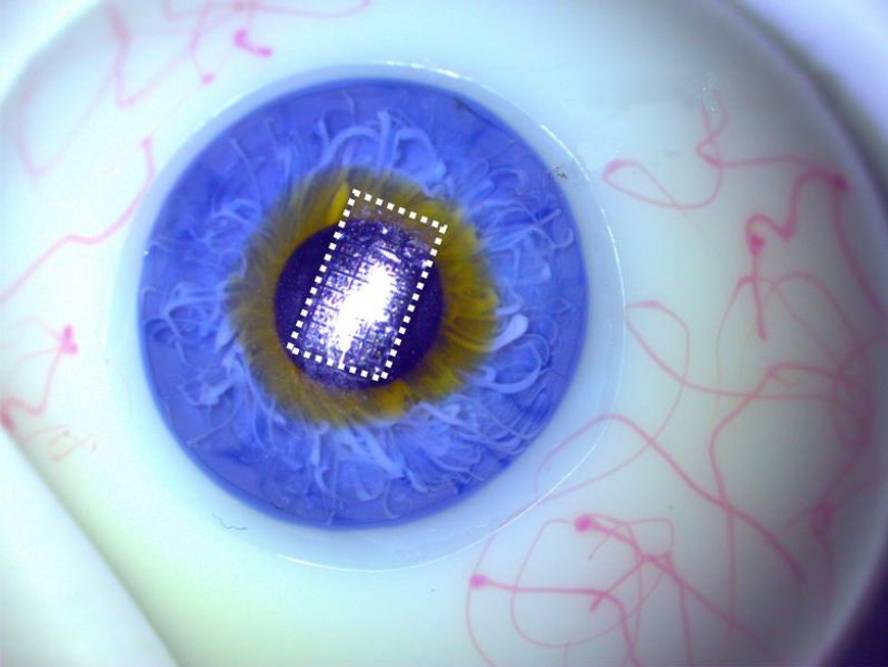Flexible circuits on a polymer
Engineers from the ETH Institute of Zurich have invented a way to make flexible electronic circuits and have published in the specialized journal Nature Communications. Instead of performing the circuit on a rigid silicon base, they have done it on a flexible layer of parilene, a polymeric material very used in medicine. However, for the manufacture of this device, based on parilene, they must use silicon itself.
The key is to make the circuit the usual way, but with more layers interspersed in the manufacturing process. On the rigid silicon plate, in addition to performing the circuit itself, the engineers of the ETH institute have added two layers: one of flexible parilene and another of polyvinyl alcohol. Polyvinyl alcohol has been placed between parilene and silicon, as it can be removed dissolved in water and thus release the silicon layer of the circuit. The result is a flexible circuit over parilene.
The circuits made by this method are very thin, of micrometric order and, besides flexible, transparent. Engineers consider that they are circuits that can be marine on any surface, even on the surface of the living. This allows, for example, navigation on the leaves of the plants. And on any fabric of the human body can be the electronic component of a sensor.






